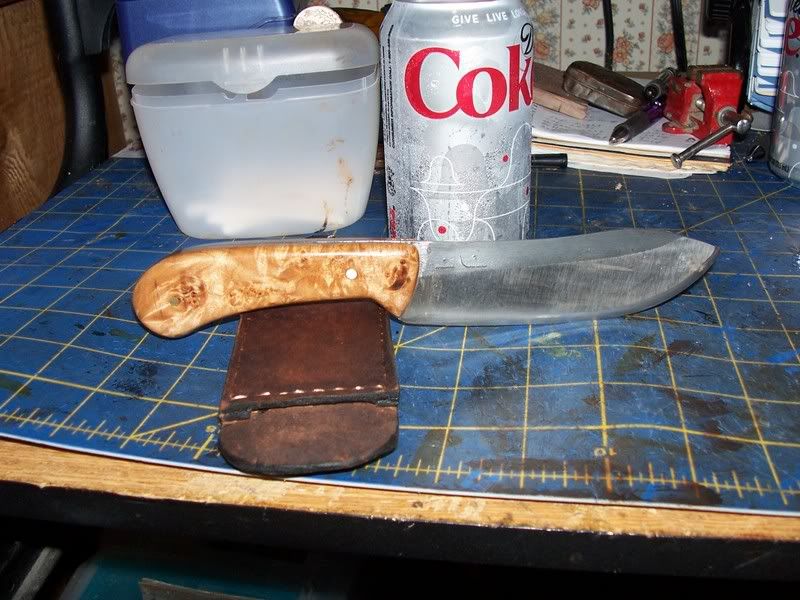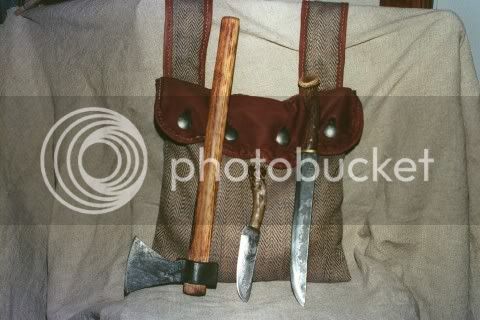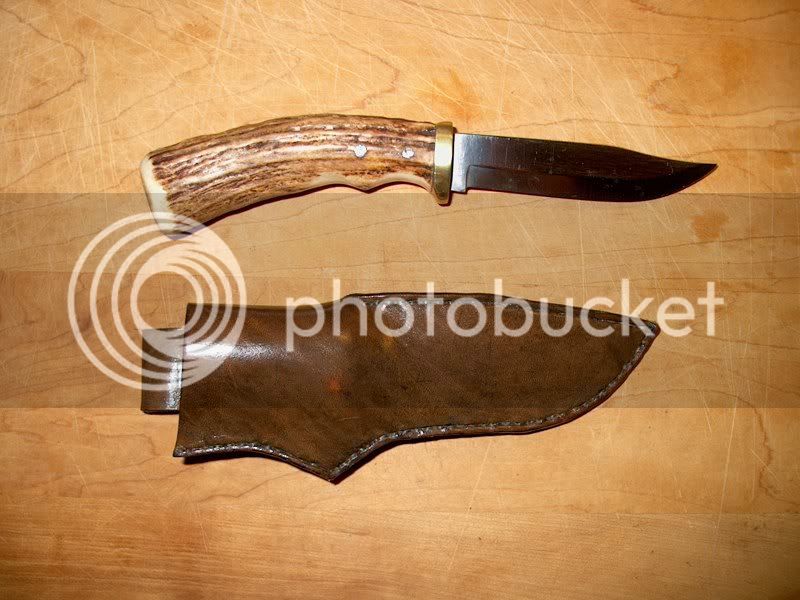George "nessmuk" Sears is still considered a good sage for advice on going light into the woods and staying comfy doing so.
He mentions his axe, and his ideal knife setup. Well i can find many sites that duplicate his preferences as being the most useful to a woodsman, but i cant find a single source for his pocket axe.
His ideal knife as far as i can tell is the green river style or hudson bay "butcher" knife. THey have the nice blunt front, and sine curve to the blade and handle. The question is, is it possible to get the knife with a serated edge opposite the blade?
And the belt/camp axes that panther primitives sells, just how useful are they to carry around?
He mentions his axe, and his ideal knife setup. Well i can find many sites that duplicate his preferences as being the most useful to a woodsman, but i cant find a single source for his pocket axe.
His ideal knife as far as i can tell is the green river style or hudson bay "butcher" knife. THey have the nice blunt front, and sine curve to the blade and handle. The question is, is it possible to get the knife with a serated edge opposite the blade?
And the belt/camp axes that panther primitives sells, just how useful are they to carry around?













